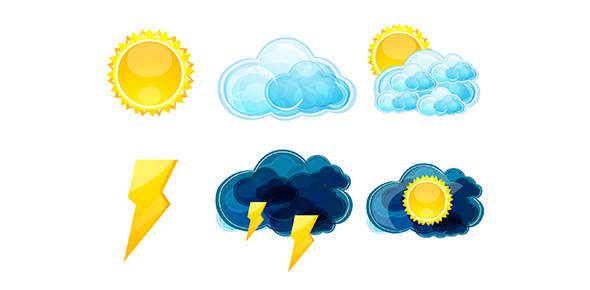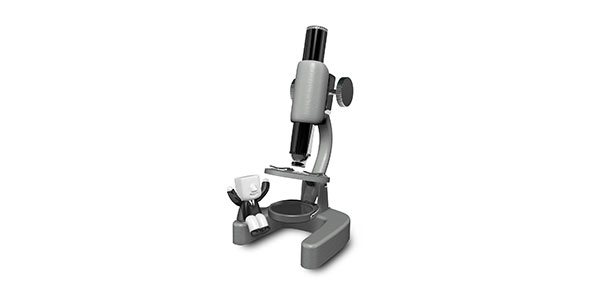Related Flashcards
Cards In This Set
| Front | Back |
|
Atmosphere
|
The envelope of gases that surround a planet and are held to it by the planet's gravitational attraction. The earth's atmosphere is mainly nitrogen and oxygen.
|
|
Nitrogen
|
A colorless and odorless gas that occupies about 78 percent of dry air in the lower atmosphere.
|
|
Oxygen
|
A colorless and odorless gas that occupies about 21 percent of dry air in the lower atmosphere.
|
|
Water Vapor
|
Water is a vapor (gaseous) form. Also called moisture.
|
|
Carbon Dioxide
|
A colorless. odorless gas whose concentration is about 0.037 percent (368 ppm) in a volume of air near sear level. It is a selective absorber of infrared radiation and, consequently, it is important in the earth's atmospheric greenhouse effect. Solid CO2 is called dry ice.
|
|
Ozone
|
An almost colorless gaseous form of oxygen with an odor similar to weak chlorine. The highest natural concentration is found in the stratosphere where it is known as stratospheric ozone. It also forms in polluted air near the surface where it is the main ingredient of photochemical smog. Here, it is called tropospheric ozone.
|
|
Aerosols
|
Tiny suspended solid particles (dust, smoke, etc.) or liquid droplets that enter the atmosphere from either natural or human (anthropogenic) sources, such as the burning of fossil fuels. Sulfur-containing fossil fuels, such as coal, produce sulfate aerosols.
|
|
Pollutants
|
Any gaseous, chemical, or organic matter that contaminates the atmosphere, soil, or water.
|
|
Outgassing
|
The release of gases dissolved in hot, molten rock.
|
|
Air Density
|
The ratio of the mass of a substance to the volume occupid by it. Air density is usually expressed as g/cm3 or kg/m3.
|
|
Air Pressure (atmospheric pressure)
|
The pressure exerted by the mass of air about a green point, usually expressed in the millibars (mb), inches of mercury (Hg) or in hectopascals (hPa).
|
|
Lapse Rate
|
The rate at which an atmospheric variable (usually temperature) decreases with height.
|
|
Temperature Inversion
|
An increase in air temperature with height, often simply called an inversion.
|
|
Radiosonde
|
A balloon-borne instrument that measures and transmits pressure, temperature, and humidity to a ground-based receiving station.
|
|
Troposphere
|
The later of the atmosphere extending from the earth's surface up to the tropopause (about 10 Km about the ground)
|






